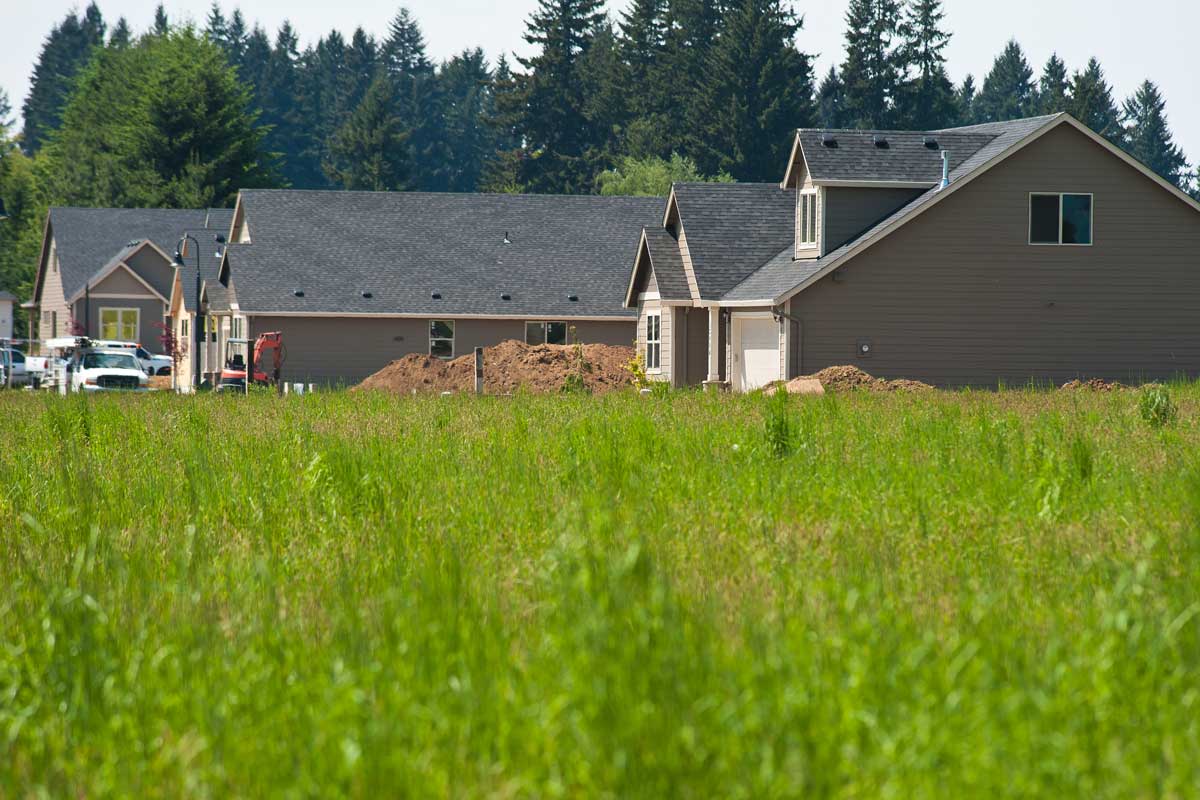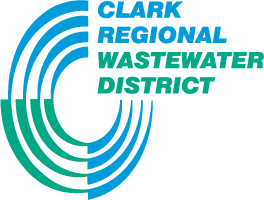Developers
A developer is anyone proposing the construction of new “development” on a property. A developer can be a property owner, home builder, or a true land development company who is proposing to gain land use approval for and construct residential subdivisions, commercial/retail complexes or industrial buildings just to name a few. Developers are heavily involved in the first and last phases of the cycle, but can often be involved throughout each phase of the process.

Research & Planning
The first phase of development is research and planning. Generally this process starts with contacting the District, then proceeds more formally to requesting an official “utility review” which will provide the sanitary sewer connection point(s). If sewer is not readily available, the review will provide a development report for that basin based on the comprehensive plan and planned capital projects. The District may participate in capital improvements.
Design
The second phase is the Design of the project. Once the developer has obtained land-use approval – such as preliminary subdivision, preliminary site plan approval – from local government agencies, their consultants typically submits the plans. The District calculates fees for the projects, prepares the Developer Extension Agreement, and a checklist of required items for the project.
Commercial projects may also need to meet wastewater pretreatment requirements. For more information about business requirements, please see the Alliance Pretreatment Program.
Construction
The third phase of the project is Construction. The developer selects a contractor to oversee the project. When the sanitary is installed and tested, the District will issue a physical acceptance letter. If the developer has an existing home on a septic system that needs to be connected to sanitary sewer prior to final plat, or would like to build a model home, they may submit a request.
Final Acceptance
The last phase is Final Acceptance. The sanitary sewer system has been constructed and record drawings are approved. The District is now ready for the developer to donate the improvements to the District. The developer submits the Donated capital form. The Consultant will prepare the easement drawings, and the District will prepare the easement cover sheet for signature and recording. The District prepares the Bill of Sale, and when signed, sanitary sewer permits are ready to be released for the project.
The warranty period begins on the date the General Manager signs the Bill of Sale. Mainline, manholes, and Pump Stations are under a one year warranty; laterals have a two-year warranty. Warranty deposit is returned after two years.

